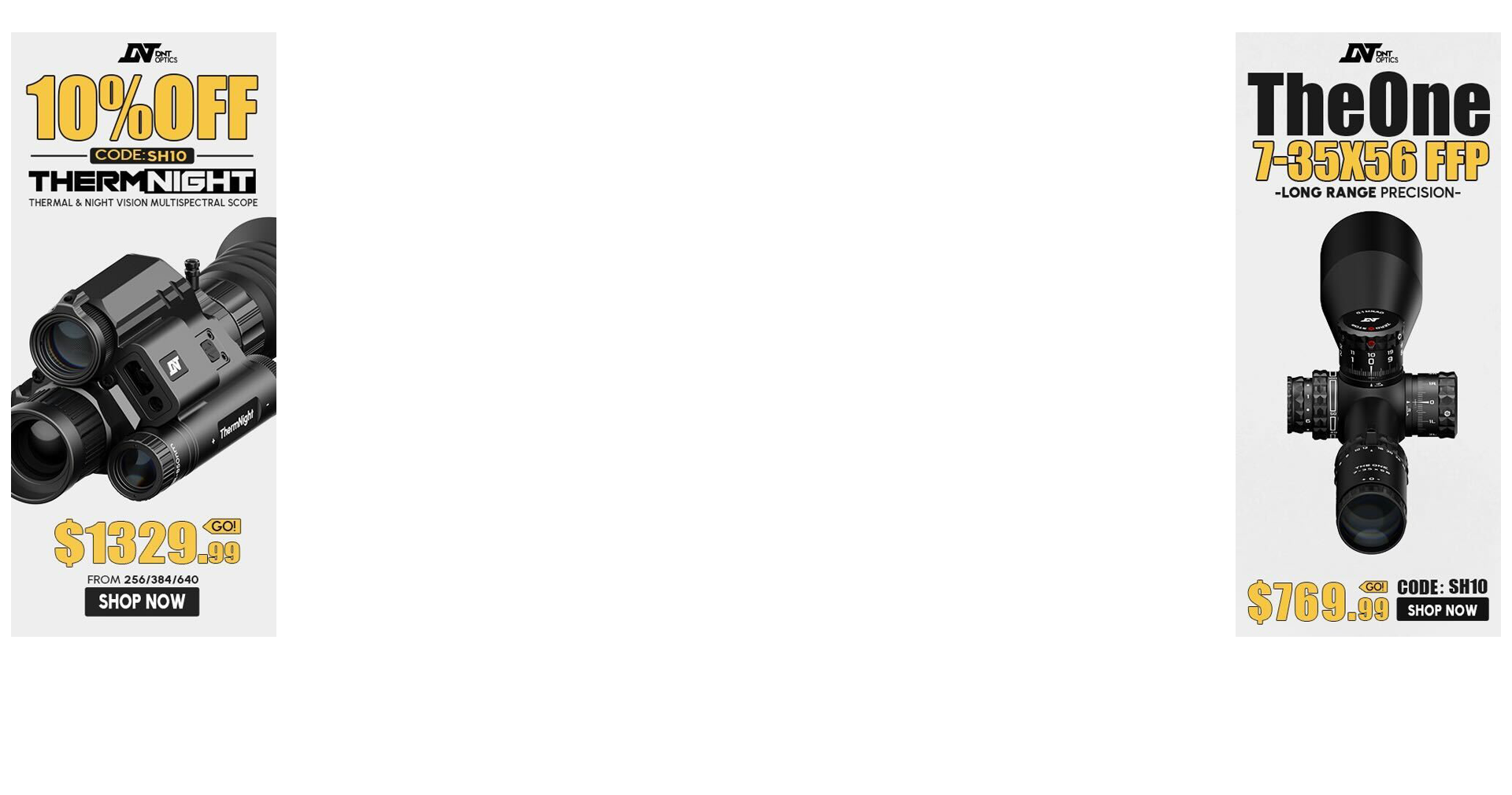Re: recoil management
Due to bone grafts in my sternum, it is inadvisable for me to subject it to excessive recoil.
After some trying and learning, my conclusion is that to manange recoil, you need to start at the beginning. The less recoil there is to begin with, the better things proceed from there.
I know there are folks who favor the big chamberings, but for me, that's simply not possible, and honestly, I don't really understand the fascination unless somebody's looking for going some rounds with deadly game, or seeking to ping something way out back of beyond.
The largest case capacity I shoot is the .30-'06 and .280 Rem, and by applying that case capacity to the smaller, lighter 7mm bullet in the .280, I find I can accomplish pretty much all I need to with that chambering. I don't seek out dangerous game, but otherwise it's all the gun I seem to need. Someday I may build a long action match-capable rifle. When I do, I plan to chamber it in .280 Rem. According to my calulations, it should be 1Kyd-capable with a 150gr bullet.
If I wasn't essentially wedded to my Garand. I might even have far less use for the .30-'06.
I believe the cycling of the heavy oprod and bolt actually tends to decreaase felt recoil. The more mass they represent, the more its mostly-free motion rearward contributes to apply a forward counterforce against the rest of the rifle.
My other two '06's are sporter weight hunting rifles, and I limit bullet weights in those to 150gr, and limit the shots I take with them to hunting season sight-ins and rounds fired at game.
I respect brakes, but I don't like them for myself, mainly because most of my shooting is done at a club range. I don't take exception to others using them, but I do notice the difference, and prefer not to subject my fellow shooters to their effects with my own guns. I just consider it a courtesy.
My chosen means of managing recoil, after reducing the initial chambering, is to increase the overall mass the recoil needs to overcome. For my range rifles, that means I fill stock voids with buckshot, and I have used the interposed sand/shot bag on occasion when shooting another's rifle.
Like others, I have found that shots fired when out hunting do not seem to be as noticeable; but I have hurt my sternum using a 12ga and have discontinued using it in favor of the 20ga, which appears to be capable of all I need from it.
Greg

